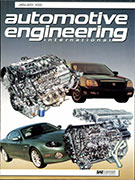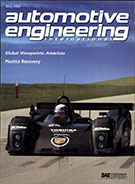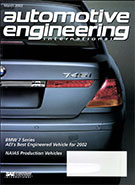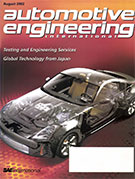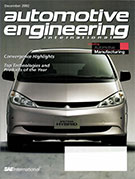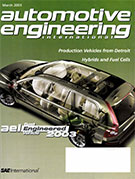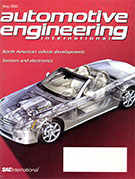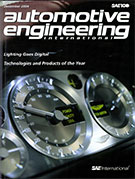Magazine

Aerospace & Defense Technology: May 2017
2017-05-04
Interoperability Standards Pave the Way for Modular Robotic Manipulators Solar Powering UAVs Deploying COTS Subsystems in UUVs Developing a Multi-Modal UGV Robot Control Interface Fast-Tracking Autonomous Vehicles with Simulation Gesture-Based Controls for Robots: Overview and Implications for Use by Soldiers Identifying the Flow Physics and Modeling Transient Forces on Two-Dimensional Wings Experimental Confirmation of an Aquatic Swimming Motion Theoretically of Very Low Drag and High Efficiency The Scaling of Loss Pathways and Heat Transfer in Small Scale Internal Combustion Engines A Guide for Developing Human-Robot Interaction Experiments in the Robotic Interactive Visualization and Experimentation Technology (RIVET) Simulation
